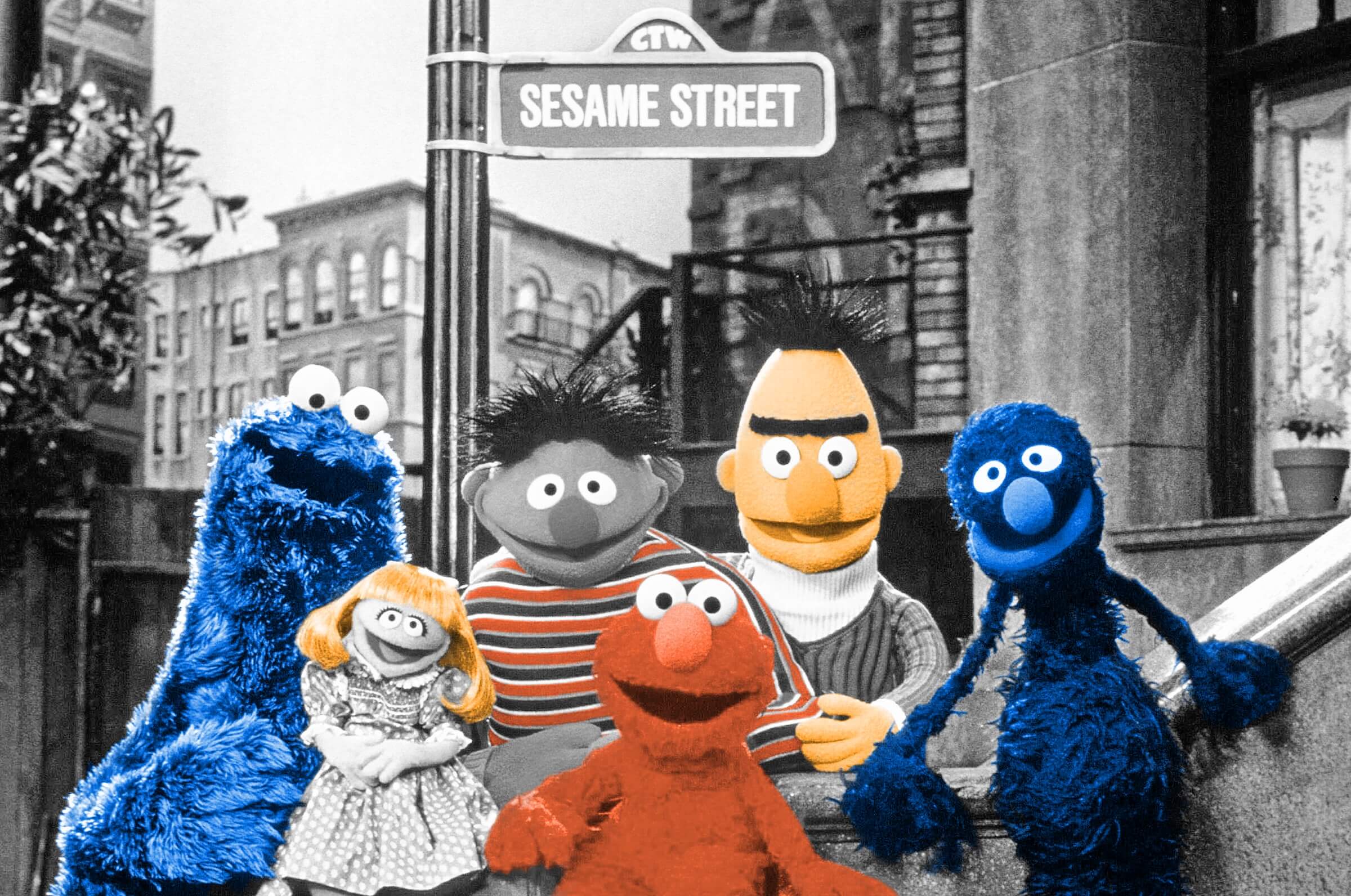
The NSA once banned Furbys.
In 1998, a fur-covered robot hit store shelves just in time for the holiday shopping season, creating a frenzy among parents. Manufacturer Tiger Electronics had released the first real-life robotic pet: Furby. Partially resembling a hamster (thanks to its scruffy acrylic fur) and an owl (complete with pointed ears and a beak), the computerized toy greeted children and sang to them in Furbish, an entirely made-up language. Furby’s main hook was all about interaction; it could be startled by loud noises, responded to petting, and danced when it was happy, just like a real animal might. But the most innovative feature was that the small robots could supposedly learn English, a gimmick that created a whirlwind of conspiracies, including the idea that Furby was an international spy.
Because Furby was the first toy of its kind, most people didn’t understand how it “learned” language, and the initial fervor was so intense that it led the National Security Agency to ban the toys from its premises; it was also banned from the Norfolk Naval Shipyard and the Pentagon. NSA agents believed the robots were embedded with recording devices that could allow them to listen in on sensitive topics and later replay classified conversations. Tiger Electronics refuted the ban, explaining that while the toy was unique, “Furby [was] not a spy,” going so far as to reveal that the toys were pre-programmed with around 200 words — meaning they didn’t actually learn anything — and that they slowly unveiled their vocabulary the longer a child played. Meanwhile, the outlandish Furby fears (including the belief that it could launch a space shuttle) didn’t slow its popularity; more than 40 million of the revolutionary robots were sold in the first three years.
Today, personal electronics sometimes seem like the only way to cope with the grueling ordeal of air travel, helping us pass the time with an in-flight movie or music. But that wasn’t always the case — not so long ago, the Federal Aviation Administration (FAA) prohibited using CD players, laptops, and even Furbys on airplanes. The 1990s ushered in a wave of portable electronics, and with their popularity came a theory that many devices could interfere with a plane’s navigation system, creating chaos in the skies. In an effort to protect passengers and pilots, the FAA banned the use of many electronics during takeoff and landing, including the incredibly popular robotic toy, which had to have its batteries removed before takeoff. No plane control issues were ever attributed to a Furby on board, though there likely was one benefit to powering down the robots while in air: their silence, since many people found their constant chatter grating.

